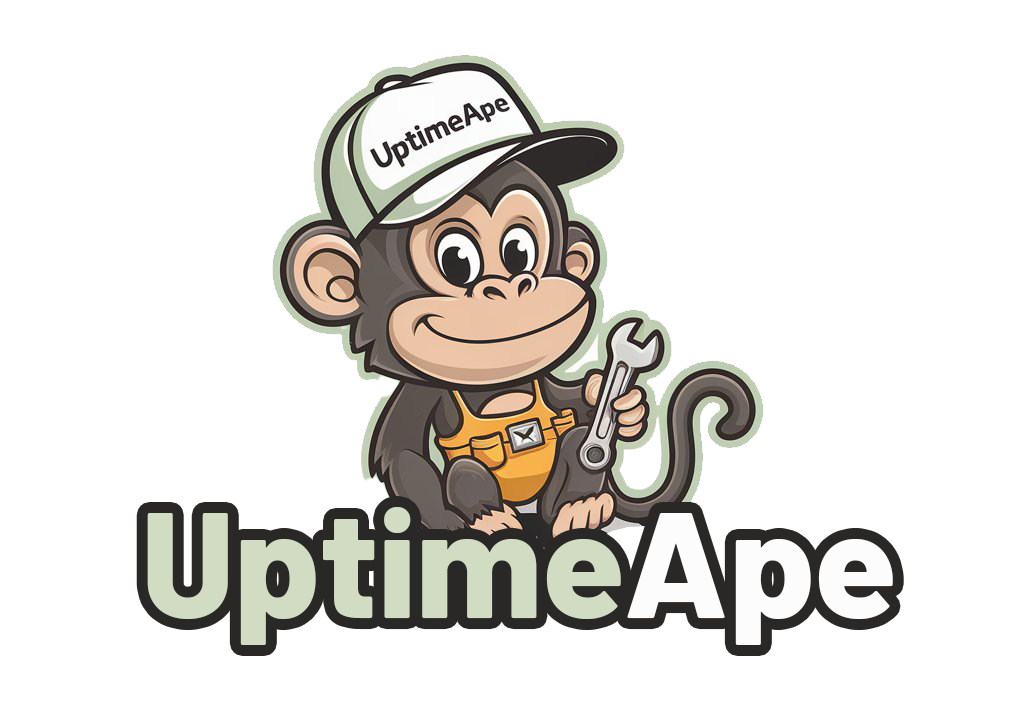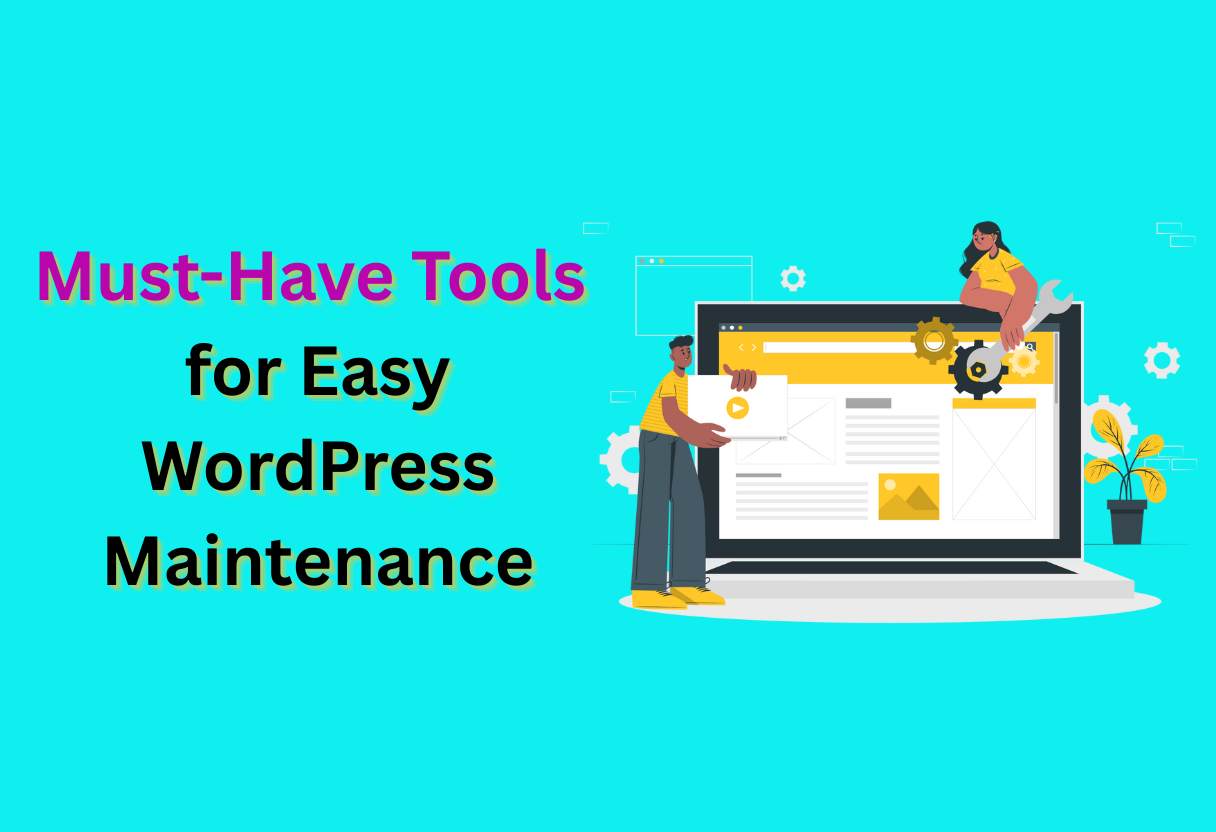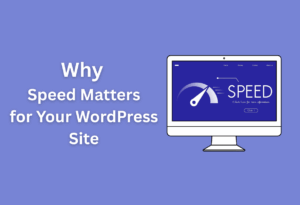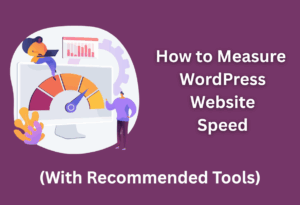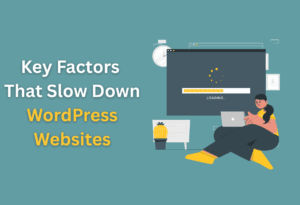Just like you need the right tools for any job, maintaining your WordPress site requires specific tools to ensure it runs smoothly and efficiently. In this blog post, you will discover imperative tools that can simplify your daily tasks, enhance your website’s performance, and protect your content from threats. Whether you’re a beginner or an experienced user, these resources will empower you to keep your WordPress site in top shape with minimal effort.
Understanding WordPress Maintenance
The key to keeping your WordPress site running smoothly lies in regular maintenance. By ensuring that your site is not only up-to-date but also functioning optimally, you minimize the risk of complications that could affect user experience and your site’s performance. Proper maintenance also helps protect your site from security vulnerabilities and enhances its overall lifespan, making it a vital part of your website management strategy. To achieve this, you should prioritize essential WordPress maintenance tasks such as regular backups, plugin updates, and database optimization. Additionally, monitoring your site’s performance can help you identify and address issues before they escalate, ensuring a seamless experience for your visitors. By establishing a consistent maintenance routine, you help safeguard your investment and improve your site’s search engine ranking over time.
Importance of Regular Maintenance
Along with enhancing performance and security, regular maintenance can prevent critical issues that may require extensive time and resources to resolve. Keeping your themes, plugins, and WordPress core up to date ensures that you are using the latest features and improvements while safeguarding against potential threats.
Common WordPress Issues
At times, you may encounter several common issues with WordPress, such as plugin conflicts, slow loading speeds, or even the dreaded white screen of death. Understanding these problems can help you take proactive steps to avoid them and maintain the integrity of your website.
The resolution of common WordPress issues typically involves a mix of technical knowledge and practical tools. For instance, plugin conflicts may arise when you don’t regularly update your plugins or when different plugins have incompatible features. Slow loading speeds can result from unoptimized images or overused scripts, while the white screen of death often signifies PHP errors or memory limits being reached. By keeping an eye on these common problems, you can implement effective maintenance strategies that ensure your WordPress site remains functional and user-friendly.
Essential Tools for WordPress Maintenance
Even with the best intentions, managing a WordPress site can be overwhelming without the right tools. Here, we explore necessary solutions that simplify your maintenance tasks, making your site more secure, backed up, and optimized for performance.
Backup Solutions
Among the first tools you should consider are robust backup solutions. Regular backups ensure that your site’s data is always safe, allowing you to restore it in case of an unexpected crash or data loss. Popular options like UpdraftPlus and BackupBuddy automate this process, giving you peace of mind.
Security Plugins
Backup your site with well-rounded security plugins that shield it from malware and unauthorized access. A reliable security plugin, such as Wordfence or Sucuri, will help you monitor your site’s activity, perform regular scans, and offer firewall protection to keep your WordPress installation safe.
Incremental updates and security checks can save you significant headaches down the line. Regularly monitoring your site’s security allows you to address issues before they escalate. Utilizing security plugins not only elevates your site’s defenses but also enhances your overall confidence in your site’s safety.
Performance Optimization Tools
Tools that optimize your site’s performance are necessary for ensuring a smooth user experience. From caching solutions like WP Rocket to image compression tools such as Smush, optimizing your site helps improve load times and overall efficiency.
Plugins for performance optimization can make a significant difference in how quickly your website loads for visitors. By utilizing these tools, you not only enhance user satisfaction but also improve your site’s search engine rankings, making your WordPress site more competitive online.
Monitoring and Analytics Tools
After ensuring your WordPress site is up and running smoothly, it’s important to keep track of its performance and user engagement. Monitoring and analytics tools help you assess how your site is performing, identify potential issues, and discover opportunities for improvement. Having the right tools in place allows you to make informed decisions that enhance your website’s functionality and user experience.
Website Uptime Monitoring
Below are several dependable uptime monitoring services that notify you immediately if your website goes down. These tools ensure that you are proactively alerted to any outages, allowing you to resolve issues swiftly and minimize downtime. By keeping a close watch on your website’s availability, you help maintain a positive user experience for your visitors.
Performance Tracking Plugins
Above all, performance tracking plugins are invaluable for analyzing your site’s speed and efficiency. These plugins offer insights into load times, bottlenecks, and best practices for optimizing your site’s performance. With detailed reports, you can pinpoint areas for improvement and ensure that your website runs seamlessly for all visitors.
Indeed, various performance tracking plugins, like WP Speed of Light and Query Monitor, can provide you with real-time data on your site’s speed metrics. They help you identify any slow-loading elements, which you can address to enhance user experience and boost search engine rankings. Implementing these plugins is a smart way to stay on top of your website’s performance, ensuring that it meets the needs of your audience while staying competitive in the digital market.
Google Analytics Integration
Monitoring your website’s traffic and user behavior is vital for making strategic decisions. Google Analytics integration enables you to track visitor metrics, demographics, and the effectiveness of your marketing efforts. By analyzing this data, you can adjust your strategies and content to better align with your audience’s preferences.
It’s important to set up Google Analytics correctly on your WordPress site to gather valuable insights. This guide not only tracks user activity but also provides conversion data, helping you understand where visitors engage or drop off. By leveraging these analytics, you empower yourself to refine your site’s content and marketing strategies, resulting in a more successful online presence.

Content Management Tools
Now, effective content management is vital for a smooth WordPress experience. Utilizing the right tools can streamline your workflow, ensuring that your posts are not only published on time but also reach your audience with maximum impact.
Post Scheduling and Management
Along with drafting your content, having a robust post scheduling and management tool allows you to plan your publishing calendar efficiently. This enables you to maintain consistency in your posting routine, helping your audience know when to expect new content from you.
SEO Optimization Tools
After you create your content, optimizing it for search engines is important for enhancing visibility. SEO optimization tools help you analyze keywords, meta descriptions, and readability to ensure your content ranks well on search engine results pages.
Optimization techniques are not just about inserting keywords but involve a comprehensive approach to enhancing your content’s discoverability. Tools like Yoast SEO and All in One SEO Pack can guide you in optimizing your posts effectively. They provide suggestions on improving your content structure, internal linking, and optimizing images, helping you create a better user experience while attracting more organic traffic.
Editing and Collaboration Plugins
Scheduling your tasks becomes easier with editing and collaboration plugins, which streamline the content creation process. They enable you to work on documents with your team in real-time, making it simple to implement suggestions and edits promptly.
Indeed, collaboration is key in today’s digital writing environment. Editing and collaboration plugins like Edit Flow and CoSchedule allow you to set up editorial calendars, manage drafts, and assign tasks to team members. These tools enhance productivity by facilitating seamless communication and coordination, ensuring that everyone is on the same page when it comes to deadlines and project status.
User Management and Access Control
Once again, effective user management and access control are key components of maintaining a secure WordPress site. By properly managing user roles, permissions, and access levels, you can protect your site from unauthorized access and ensure that only trusted individuals can make changes to your content and settings.
Role Management Plugins
Around WordPress, role management plugins can help you customize user capabilities effortlessly. These plugins allow you to create, edit, or delete user roles, ensuring that each member of your team has access only to the features they need to perform their tasks effectively. This minimizes the risk of accidental changes or security breaches.
Two-Factor Authentication Tools
Management of your site’s security is more effective with two-factor authentication tools. This additional security layer requires users to provide a second form of identification—such as a code sent to their mobile device—on top of their password. Implementing these tools not only enhances your website’s security but also reassures you that your content is in safe hands.
Even with strong passwords, the risk of unauthorized access remains high. By enabling two-factor authentication, you’re significantly raising the bar for potential intruders. Many plugins can easily integrate with your WordPress site, enhancing security without complicating the user experience. Enabling two-factor authentication for all users, especially those with administrative access, ensures a robust defense against hacking attempts and safeguard your valuable data.
Troubleshooting and Recovery Tools
Despite the best efforts in maintaining your WordPress site, issues can and will arise. Having reliable troubleshooting and recovery tools at your disposal will significantly simplify the process of identifying and resolving problems. These tools ensure your website remains functional and aids in the recovery of data when emergencies occur.
Database Optimization Tools
Any WordPress site benefits greatly from database optimization tools. These plugins help you clean up your database by removing unnecessary data, such as post revisions, spam comments, and transient options. Regular optimization keeps your site running smoothly and improves overall performance, making it vital for your maintenance toolkit.
Error Monitoring and Reporting Plugins
Reporting errors promptly can save you time and prevent further complications. Error monitoring and reporting plugins can help you keep a close eye on your website’s performance. They alert you to issues such as PHP errors, broken links, and server problems, allowing you to take immediate action when things go wrong.
Indeed, employing error monitoring and reporting plugins is a game-changer for maintaining your WordPress site. Not only do these tools notify you about potential problems, but they also provide insights into the underlying issues that may be affecting your site’s performance. By taking advantage of detailed error logs and user-friendly dashboards, you can troubleshoot problems efficiently and deliver a seamless browsing experience for your visitors.
To wrap up
Ultimately, equipping yourself with the right tools for WordPress maintenance can streamline your process, enhance your site’s performance, and protect your valuable content. With backup solutions, security plugins, and optimization tools at your disposal, you can ensure that your website runs smoothly and efficiently. By staying proactive and organized, you’ll save time and headaches in the long run, allowing you to focus on creating great content for your audience.
Q: What are some imperative plugins I should use for WordPress maintenance?
A: There are several plugins that can greatly assist with WordPress maintenance. Key plugins include:
– UpdraftPlus for backups, allowing you to easily restore your site if something goes wrong.
– WP Optimize to clean up your database and improve site performance.
– Wordfence Security for robust security measures, helping to safeguard your site against threats.
– Yoast SEO to assist with search engine optimization and improve your site’s visibility.
These plugins help streamline various maintenance tasks, making the process much easier. Additionally, it’s important to regularly update your themes and plugins to ensure compatibility and security. For those looking to take a more hands-on approach, consider exploring some DIY WordPress maintenance tips that can help you manage your site effectively. With the right tools and knowledge, maintaining your WordPress site can become a straightforward process that keeps your content fresh and accessible. Additionally, these tools are especially beneficial for small operations, offering affordable options that enhance productivity. By utilizing these plugins, small businesses can effectively manage their online presence without needing extensive technical expertise. Ultimately, these solutions simplify WordPress maintenance for small businesses, enabling them to focus on growth and customer engagement.
Q: How often should I perform updates on my WordPress website?
A: It is advisable to perform updates regularly. Core WordPress updates should be applied as soon as they are available. Plugin and theme updates should also be done at least once a month or whenever a new version is released. Regular updates help ensure that your site is secure, performs optimally, and is compatible with the latest web technologies. Setting up a routine will help you maintain a healthy website.
Q: What backup strategy should I follow for my WordPress site?
A: A solid backup strategy is fundamental for WordPress maintenance. It’s recommended to implement both automated and manual backups. Use a reliable backup plugin like UpdraftPlus to schedule regular automated backups of your entire site, including files and databases. Additionally, conduct manual backups before any major updates or changes. Store backups in multiple locations, such as cloud storage services, to ensure that your data is safe and easily recoverable.
